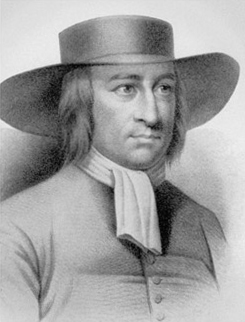Our Namesake

George Fox was a leader in a 17th-century Christian awakening from which came the Quaker movement (now known as the Society of Friends or the Friends Church). During civil strife between royalist and parliamentary forces, the movement spread rapidly across England and in American colonies, in spite of harassment under Commonwealth and Restoration governments that brought property loss, imprisonment, and sometimes death.
Fox Confronts the Church
Many early adherents were drawn from Seeker communities of Northern England. These Christians, disillusioned with monopolistic state religion, whether Catholic, Anglican, Presbyterian, or Independent, had been meeting informally for Bible study and prayer. George Fox forcefully articulated their criticism of the institutional church for its secondhand faith, sin-excusing doctrine, hireling ministry, and compromise with political powers. People responded eagerly to his proclamation of a “new Day of the Lord” in which the true church is being recovered and kingdom righteousness effected through Christ's presence and power.
A Denomination Takes Shape
After the Toleration Act of 1689 granted limited freedom to Quakers, the movement took shape as a denomination, as did other groups arising within Puritan England.
Currently, approximately 350,000 people worldwide identify themselves as Friends (Quakers). They are most numerous in Africa and the Americas, with fewer adherents in Europe/Middle East and Asia/West Pacific.
Within such multicultural pluralism, patterns of worship and ministry vary, but certain distinctive beliefs persist: that Christ revealed outwardly in history is the Light within each person, that women as well as men may minister, and that believers are called to personal holiness and to public righteousness.
By Arthur O. Roberts, PhD